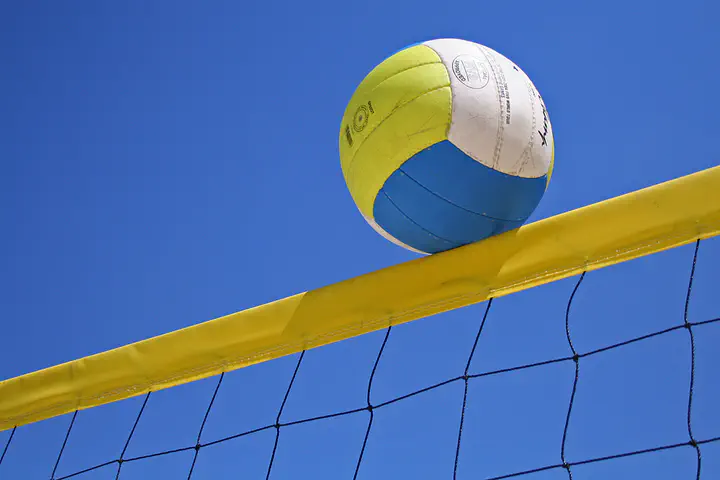Volleyball as a Team Sport

1. Introduction
Volleyball is among the most popular team sports around the world. The players and audience enjoy it because of the strength, sportsmanship, and team collaboration demonstrated in the game. However, one may wonder that, to what extent is volleyball a team sport? In other words, which between a player’s capability and team cooperation contributes more to winning a game?
In this project, I analyzed data from the 2019 FIVB Volleyball Women’s Nations League (VNL) to better understand the mechanisms of volleyball. I focused on the preliminary round, where each of the 16 teams played against every other team once in the round-robin stage. The player roster dataset contains the basic information of the 400 players from the 16 teams, such as the age, height, and position they play in the team. The team rank dataset contains the rank of the teams in terms of how many matches they won. Lastly, the best player datasets contain the summary of the player’s spike, block, set, and dig skills, respectively.
2. Methods
2.1 Data Source
The data was retrieved by web scraping at the 2019 VNL website. The Python library Beautiful Soup was used to pull the data from web pages. The Python script and generated datasets can be viewed on this GitHub repository.
2.2 Tools for Exploration
I read the datasets into data tables. Data cleaning and wrangling operations were completed using primarily data.table methods. Most figures preseted in this report were created using ggplot2, while the interactive visualizations were generated using ggplotly. The GGally library was used to generate the pairwise correlation plots.
2.3 Data Wrangling
age was created as a new numerical variable. I extracted the year from the birthdate variable, converted it into an integer value, and subtracted it from year 2019 to calculate a player’s age at the time of the competition.
Next, I took the variable total score from the best scorers dataset, attack success rate from the best spikers dataset, digs per set from the best diggers dataset, sets per set from the best setters dataset, and attack success rate from the best attackers dataset. I merged the bio and with those variables of interest using the player name.
Then, to prepare for the later investigation of the association between player performance and team result, I merged the newly generated player data table with the team rank data table. This time, no missing values were introduced to the combined table.
3. Results
The score a player can win for her team largely depends on the nature of the position she plays. Spikers are the primary scorers on a team and spike heights affect spikers’ potential of winning points the most among all positions.
The scatter plot below shows players’ spike height and total score in 16 teams. There is not a dominant pattern across different teams. However, generally a player with a high score is more likely to have a high spike height.
Age and experience, on the other hand, are not critical factors for player scores. The distribution of player ages is displayed in the following boxplots.
In terms of team performance, the score the ace wins for the team is not deterministic. Not having an absolute primary scorer does not always put a team at a disadvantage. Instead, the match points are more associated with average player score and the team’s defense ability. There is no such thing as too many good receivers on the team. A team also does not need to be all-rounded with excellent blocker, setter, and digger at the same time. However, a reliable spiker is a must-have for a team to actively attack and score. Captain is potentially the most important role on the team but is often not the player who directly contributes most scores. They are usually experienced or skilled such that other teammates trust them in terms of leading the team to victory. In some teams, setters who serve like a bridge between players fit naturally to the role of captain.
Although it is undeniable players’ individual capability is important for the game, team collaboration is the essence of volleyball. Depending on player skills and characteristics, different teams can arrange different strategies focusing on offense or defense. All players at all positions contribute to the game together and none of the positions is absolutely superior to another.
Check the full report here